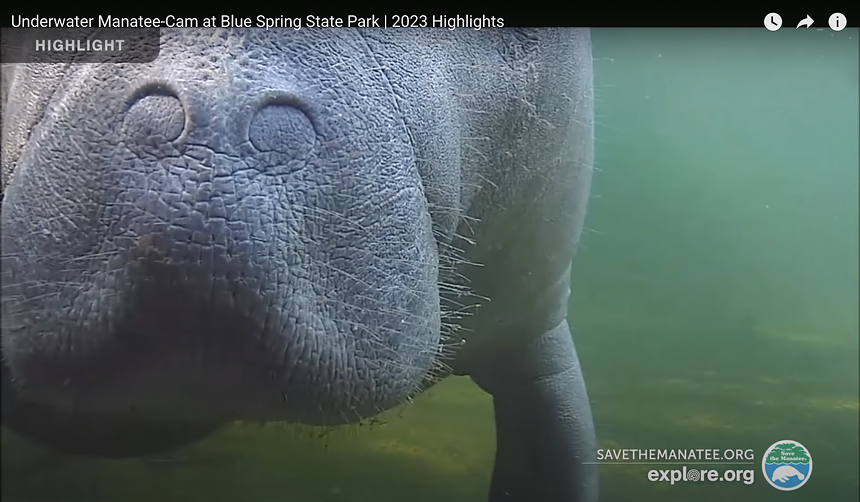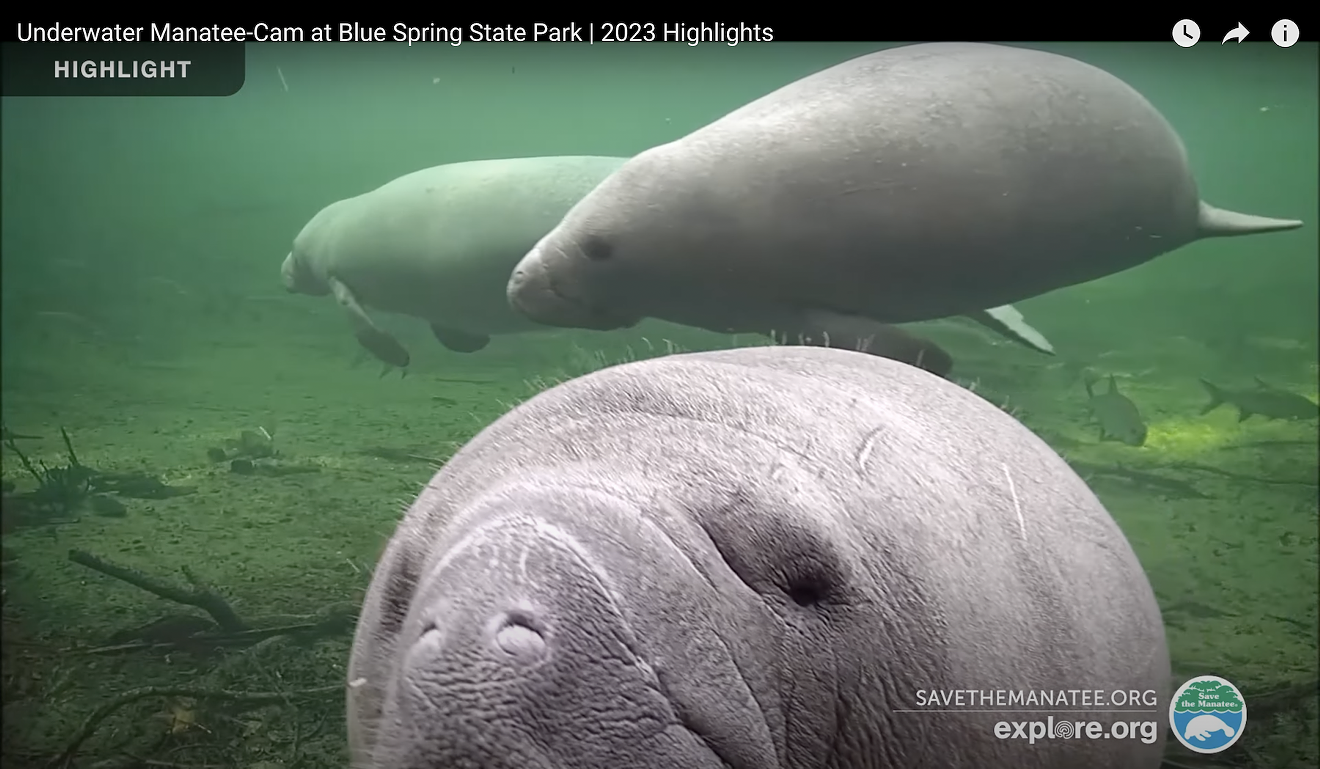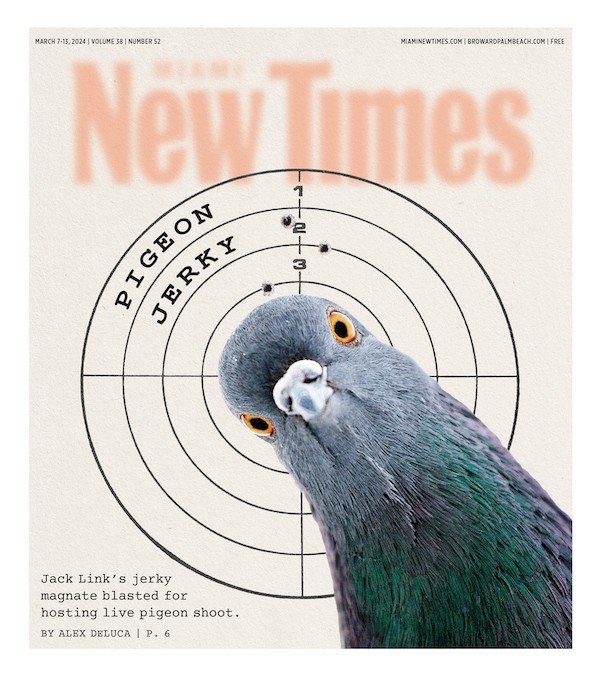The nonprofit Save the Manatee Club recently launched a new set of webcams at Florida's picturesque Silver Springs State Park, a lush and tropical landmark in Ocala popular among manatees. While one angle offers an above-water view of the chubby mammals, the other is an interactive 180-degree undersea look that allows viewers to peek around for fish, birds, manatees, and the occasional alligator.
Patrick Rose, executive director of the club, says the new cams serve as more than just amusement for the masses.
"The webcams provide a wonderful entertainment and educational tool to the general public, but they also help us with the manatee research," says Rose. "We have learned so much through observing manatees on our existing webcams."
Rose says the new cameras, a collaboration between Save the Manatee Club, Explore.org, and the Florida Department of Environmental Protection, will help ongoing manatee photo-identification research conducted in the Silver Springs area, as well as highlight the springs as a critical natural habitat for the gentle giants.
As noted on the Save the Manatee website, the cameras have also been used to monitor sick and injured manatees from afar.
The new webcams add to the nonprofit's existing manatee livestreams at Ellie Schiller Homosassa Springs Wildlife State Park and Blue Spring State Park — the latter of which is home to adopted manatees with names like Paddy Doyle, Whiskers, Moo Shoo, and Phyllis, whom viewers can identify via a scar pattern chart.
The videos stream live during the daytime and play highlights at night.
Manatees roam the Silver River in Ocala year-round to forage, socialize, travel, and oftentimes to visit Silver Springs State Park. According to Save the Manatee Club, they head for the springs during the winter months, seeking refuge from the cold, as the spring remains a constant 72 degrees.

Manatee snoot!
Screenshot via YouTube
Federal wildlife officials announced last year that they'd be considering whether to again list them as endangered.
The die-off of the iconic, thousand-pound mammals was deemed an "unusual mortality event," a rare designation that demands immediate attention under the federal Marine Mammal Protection Act. The spike in deaths has been attributed to the drastic loss of their primary food source, seagrass. Growth of the underwater plants has been stymied thanks to pollution and algae that has clogged up parts of the Indian River Lagoon, where herds of manatees gather during winter.
However, it appears the deadly trend may finally be subsiding.
Data from the Florida Fish and Wildlife Conservation Commission (FWC) shows that roughly 520 manatees perished in 2023 — a significant decrease from previous years. Approximately 800 manatees died in 2022, and more than 1,000 perished in 2021, marking the deadliest year on record for the marine mammals.
Rose previously told New Times the drop in fatalities is mostly due to a rebound in the availability of natural food sources for manatees in Brevard County, the epicenter of the die-off.









